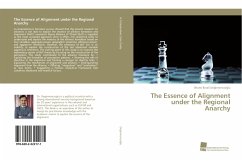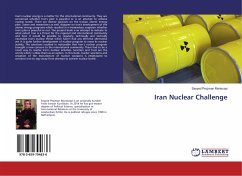A comprehensive literature survey showed that the present research on alliances is not able to explain the essence of alliance formation and alignment. Walt's neorealist theory Balance of Threat (BoT) is regarded as the most accepted approach since it offers rich analytical tools to understand and explain the motives of the alliance formation based on four variables: aggregate power, geographic proximity, offensive power, and aggressive intentions. However, the weakness of BoT lies in its inability to explain the construction of the last ideational variable aggressive intentions. The starting point of this study is to improve the explanatory power of BoT theory by focusing on the construction of the perception. The study contributed to the alliance literature by: - Explaining the formation of perception patterns, - Showing the role of identities in the alignment and framing a concept on identity links, - Explaining the mechanism of alignment and alliance, - Distinguishing alignment from the alliance, - Offering "integration" and "orientation" as new terms, - Suggesting a Holistic Analytical Framework that combines ideational and material factors.







